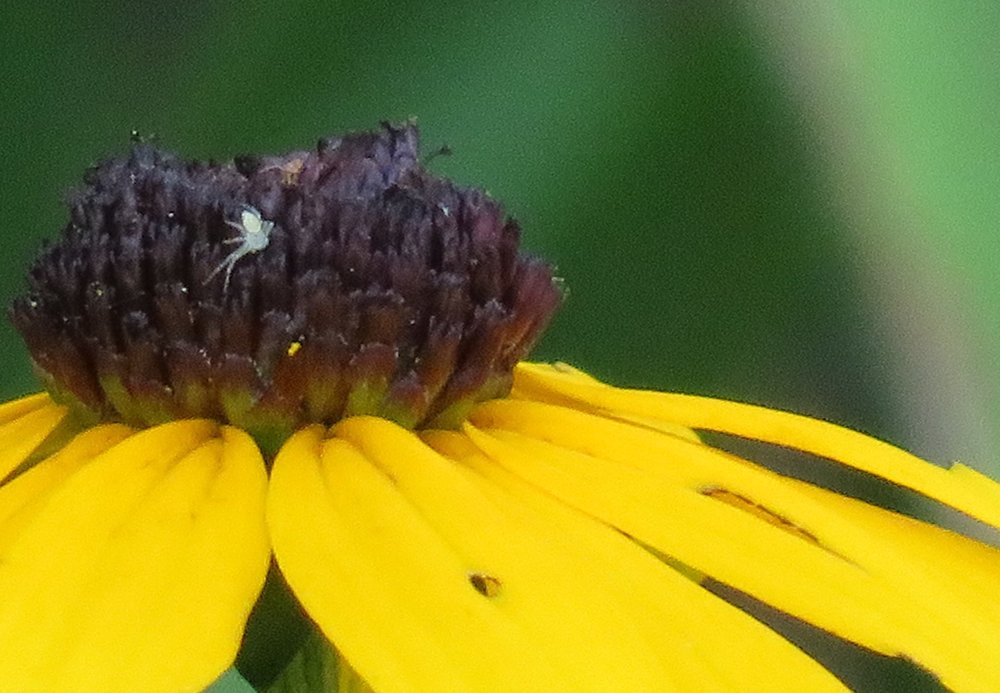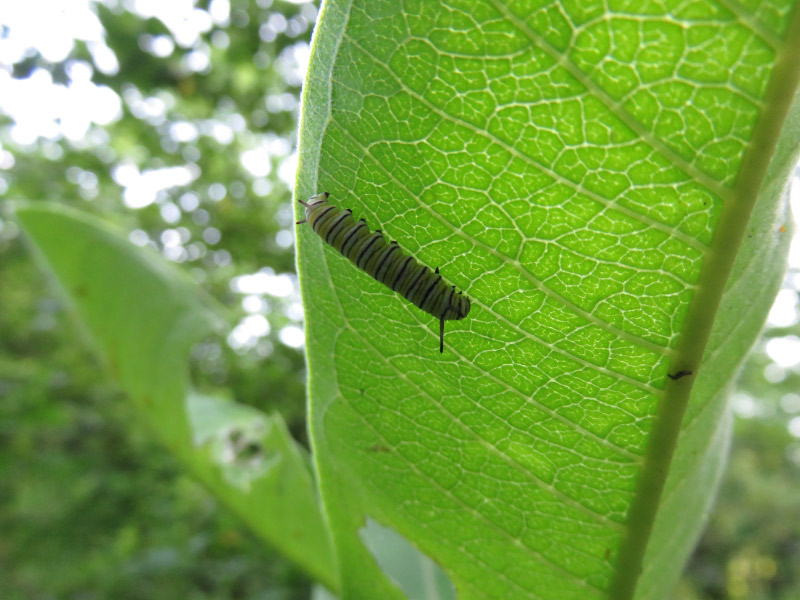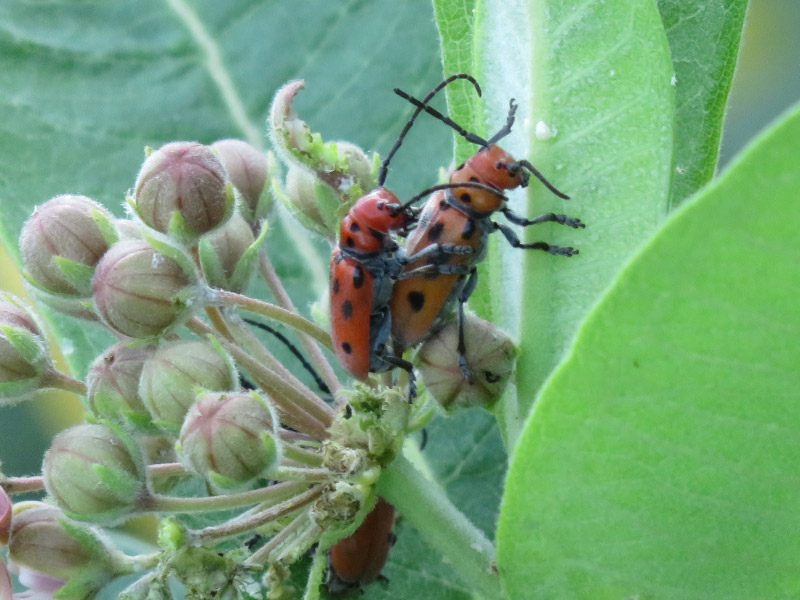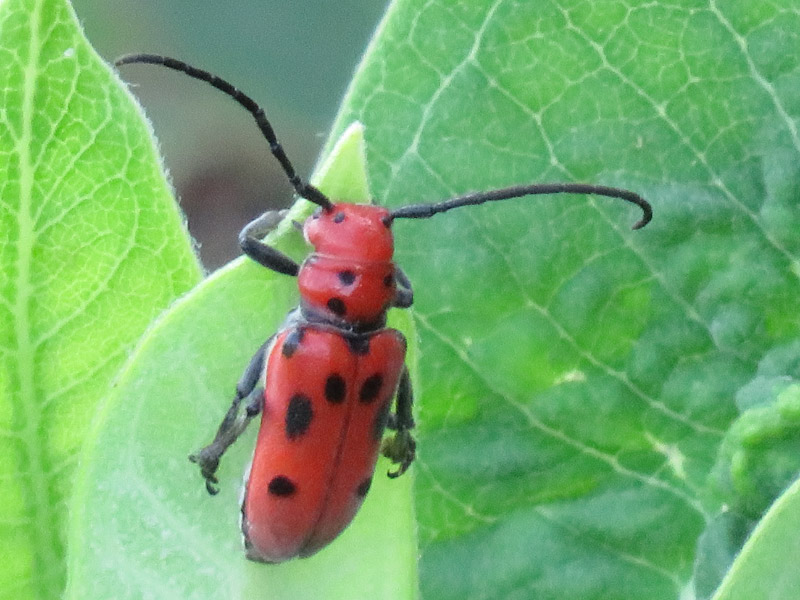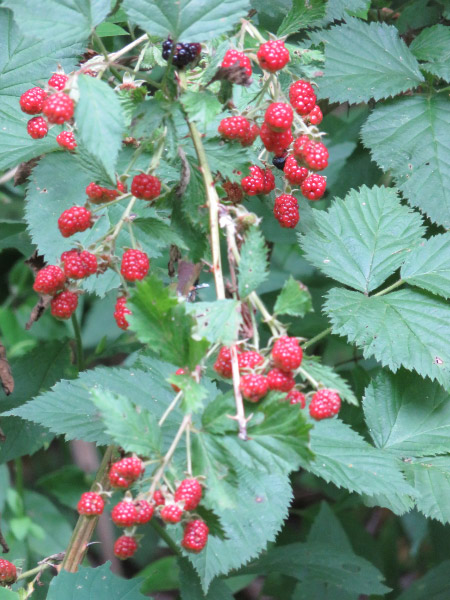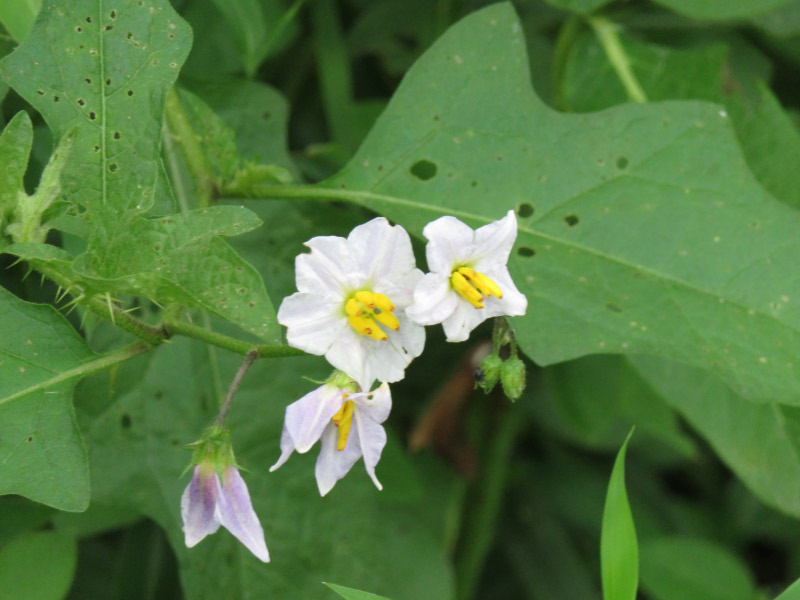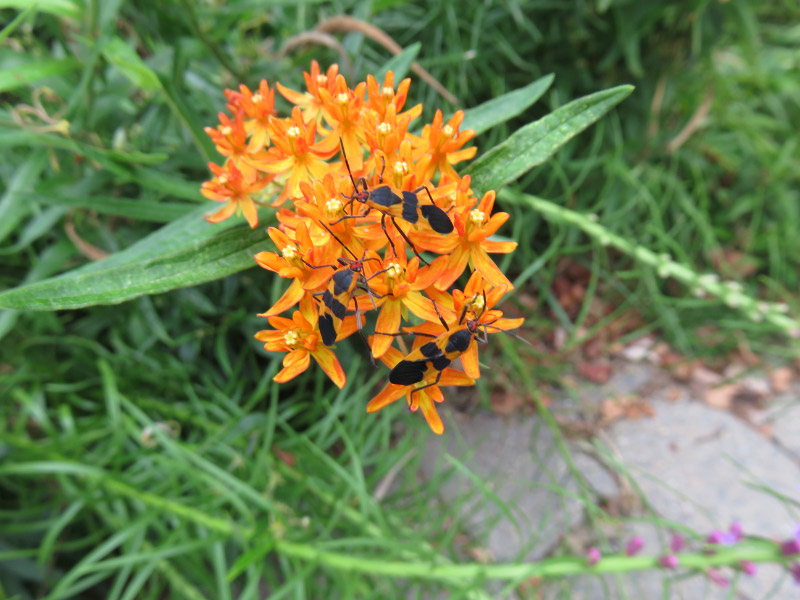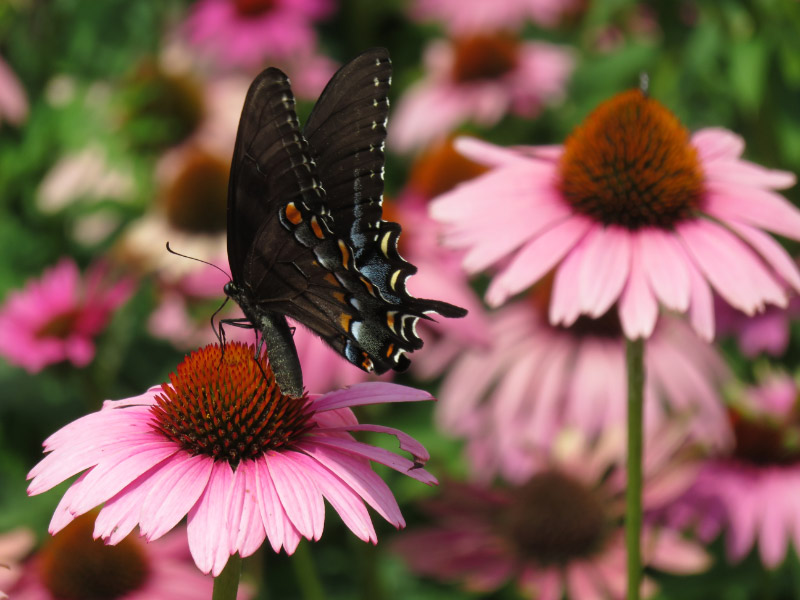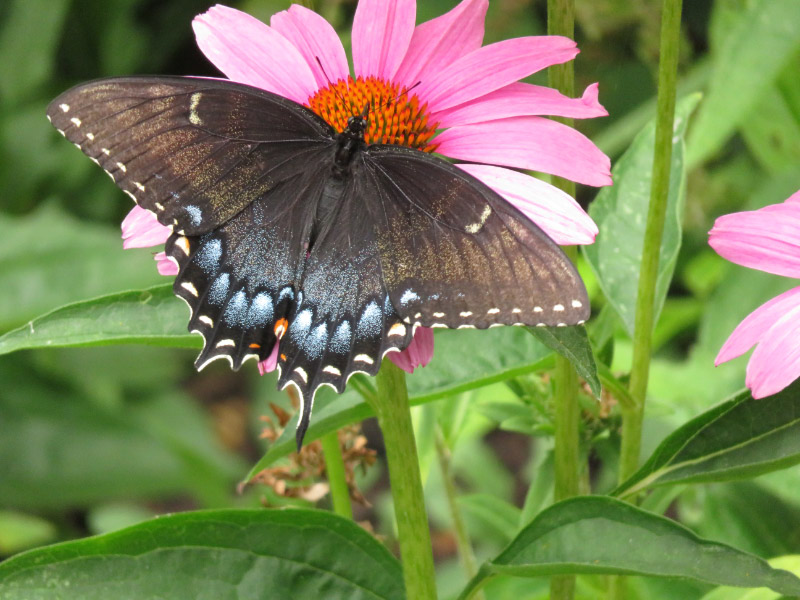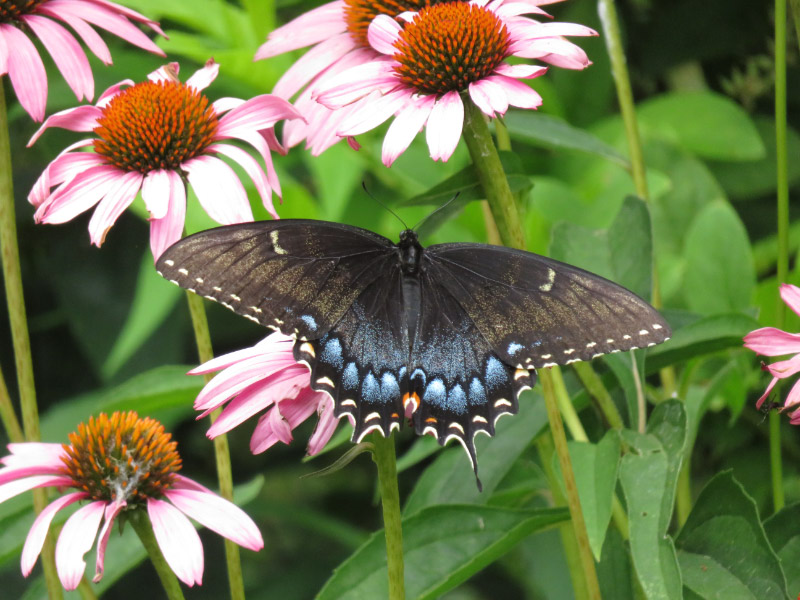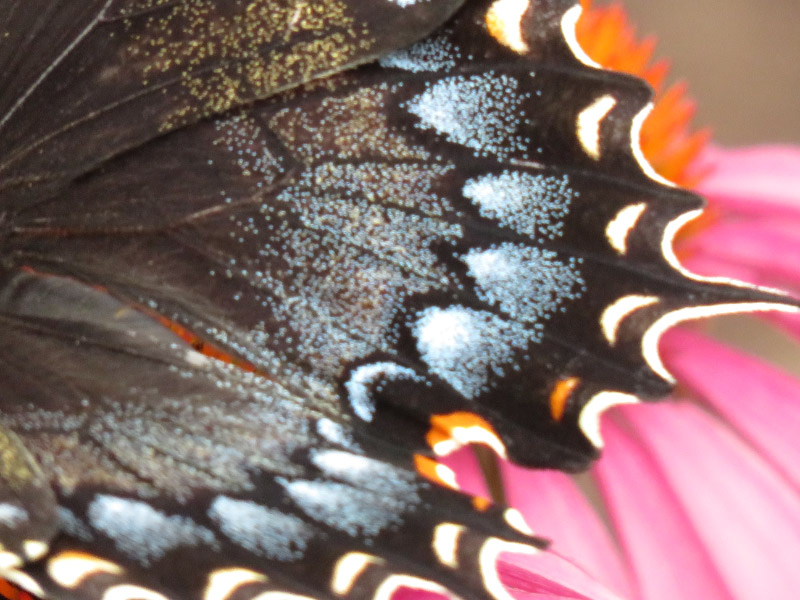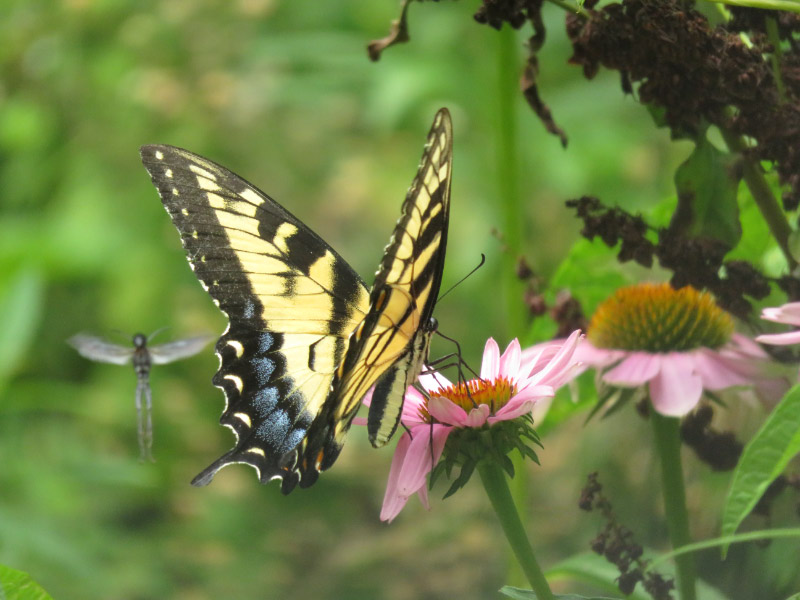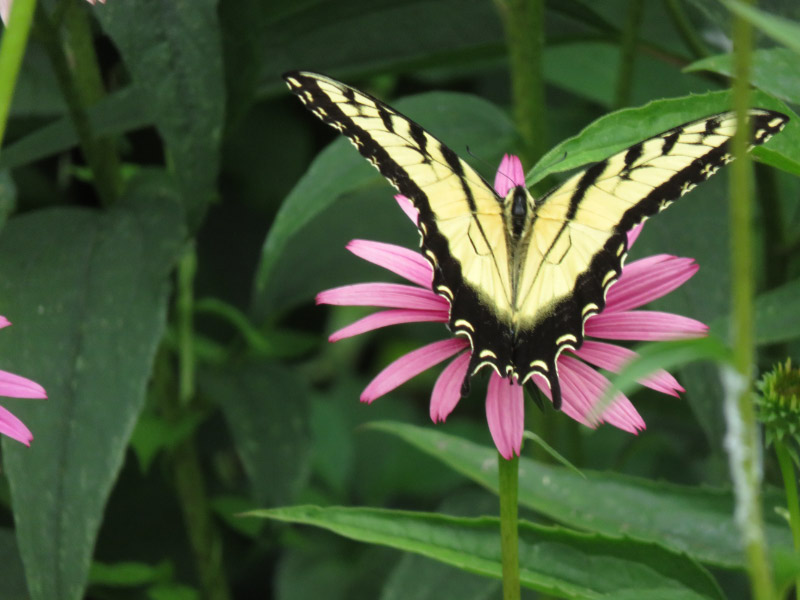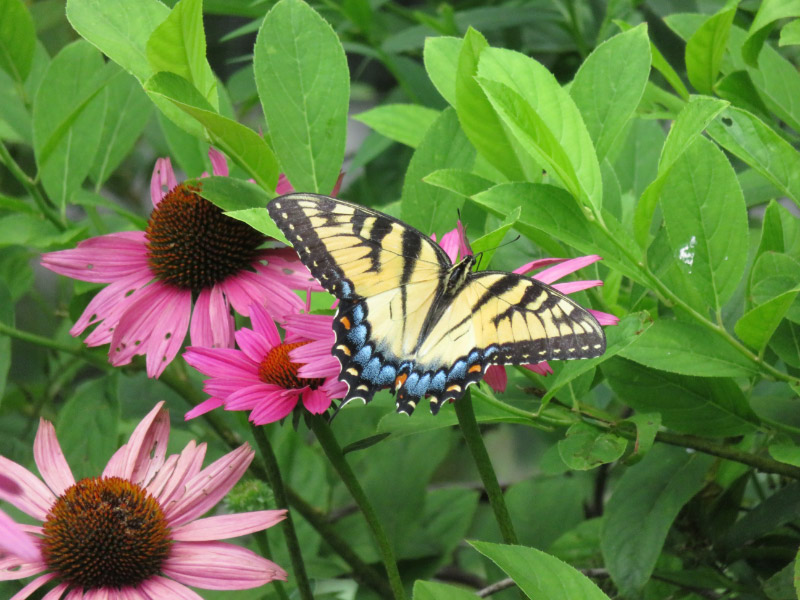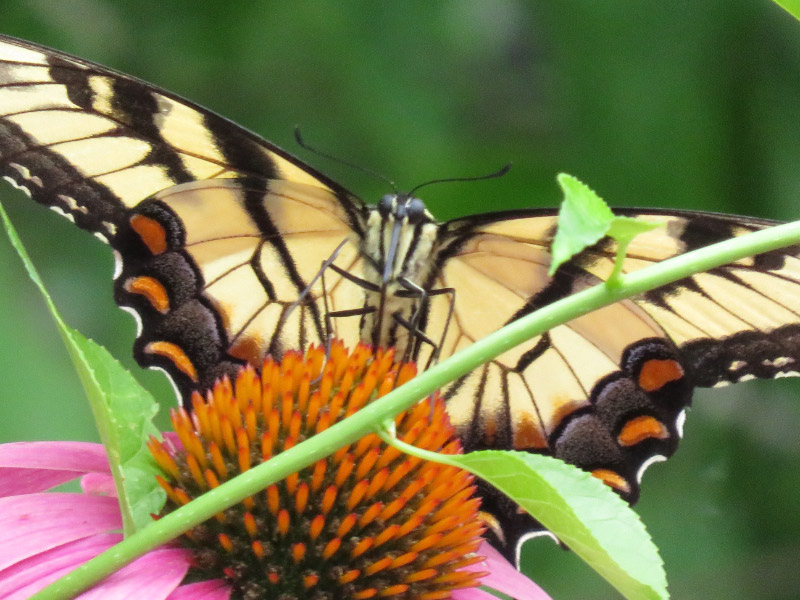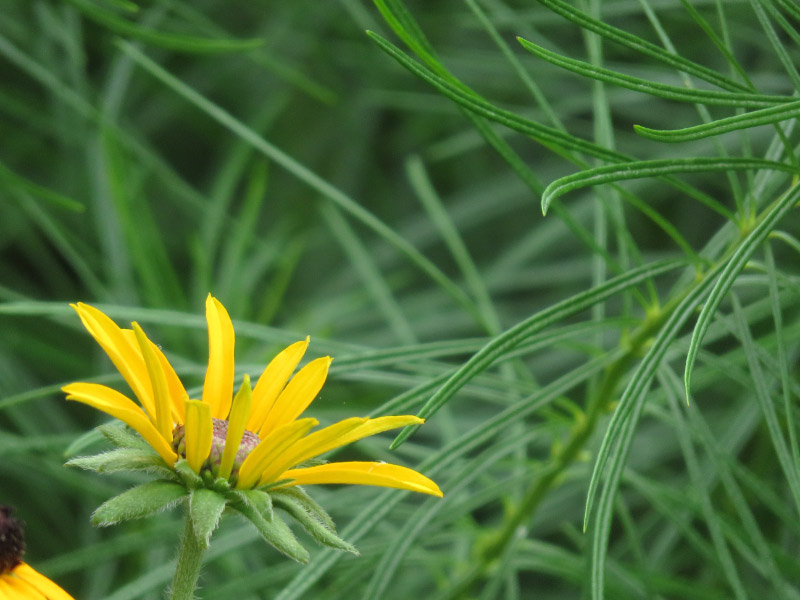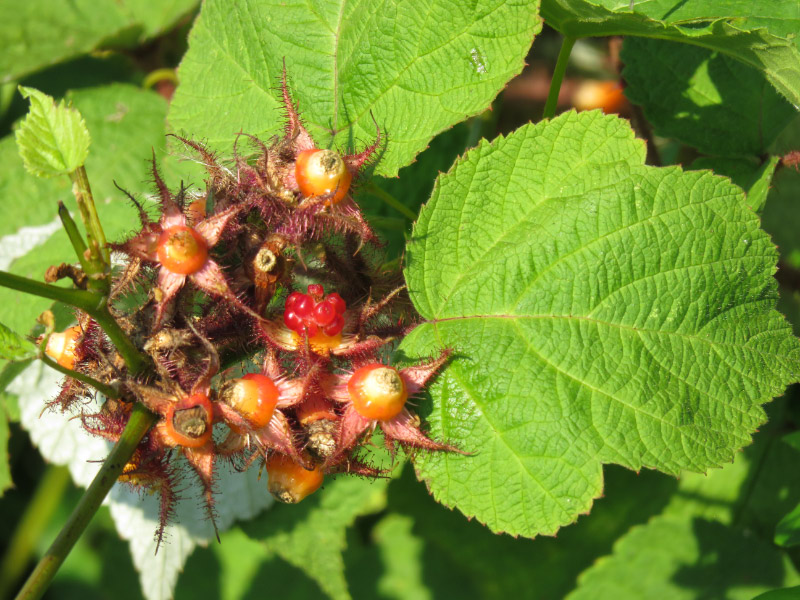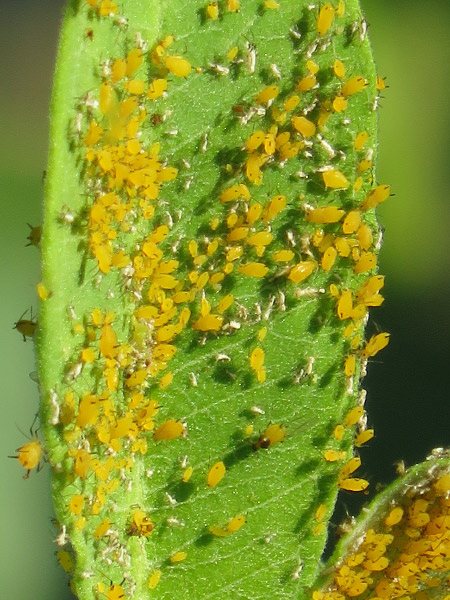Photographs through a Window – August 2016
/August has been hot, humid – punctuated with thunderstorms. Photography through the windows of our house has still be good. The doves are still around – coming for water at the bird bath frequently.
There always seems to be a wasp that leans too far into the bird bath and ends up drowning. I watched one for several minutes and saw that even when it maneuvered itself close to the side, the wasp could not get enough leverage from only 2 or 3 of its legs touching the side to lift itself out of the water.
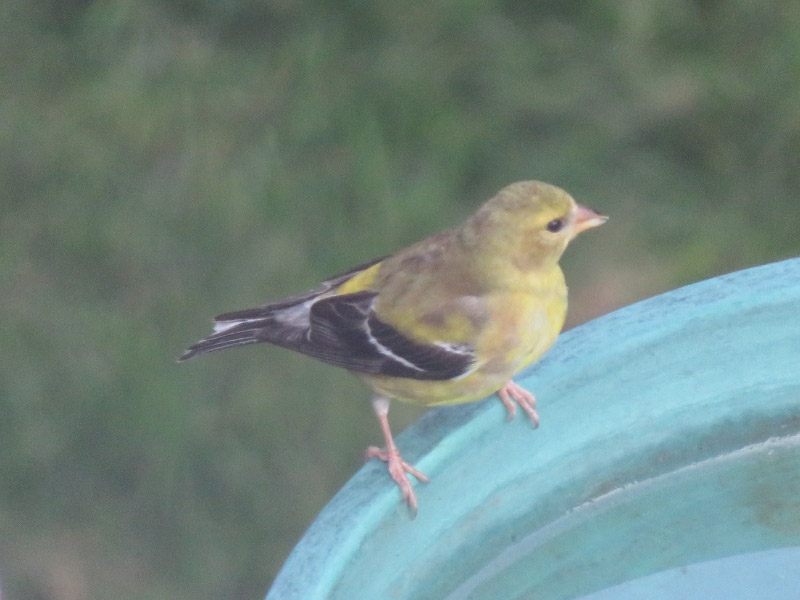
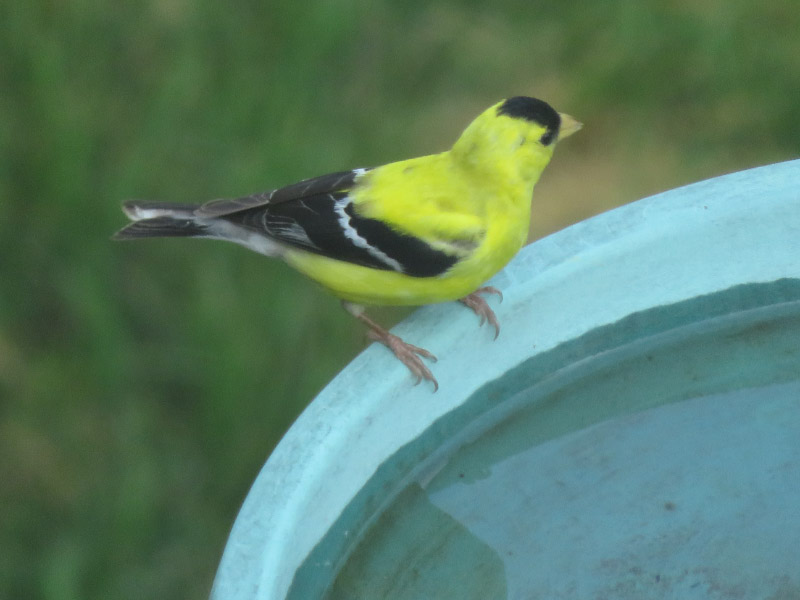
There has been an uptick in gold finch visits. The bird bath is popular with them just like it to the doves.
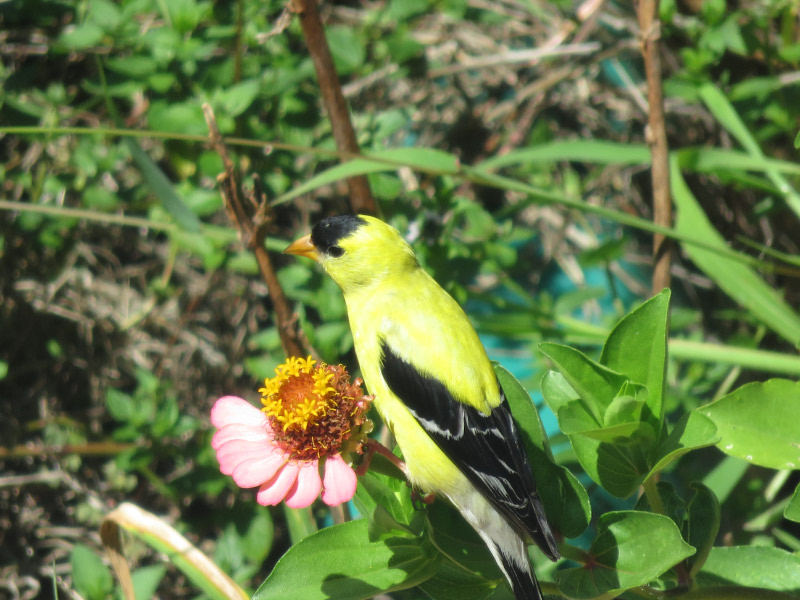
But the gold finches like the zinnias
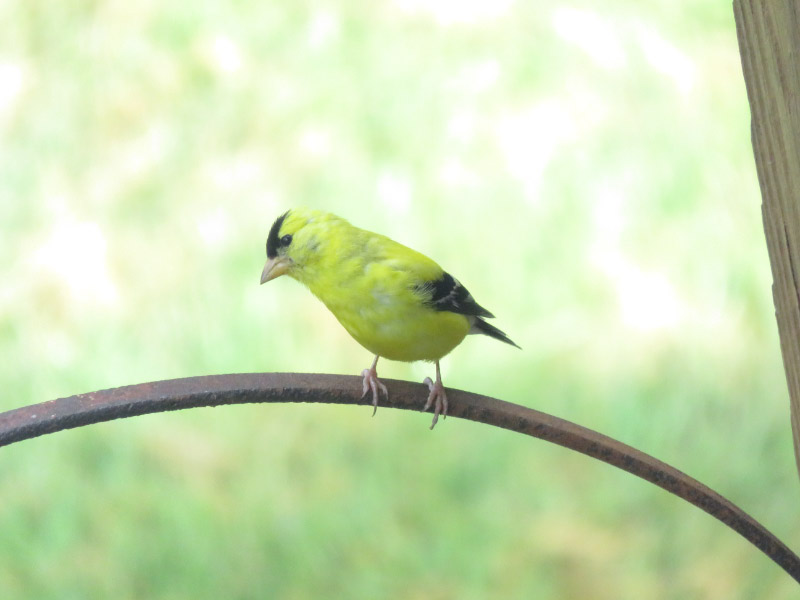
And the high narrow perch of the hanger for the bird feeder (empty during the summer) that the doves are too big to enjoy.
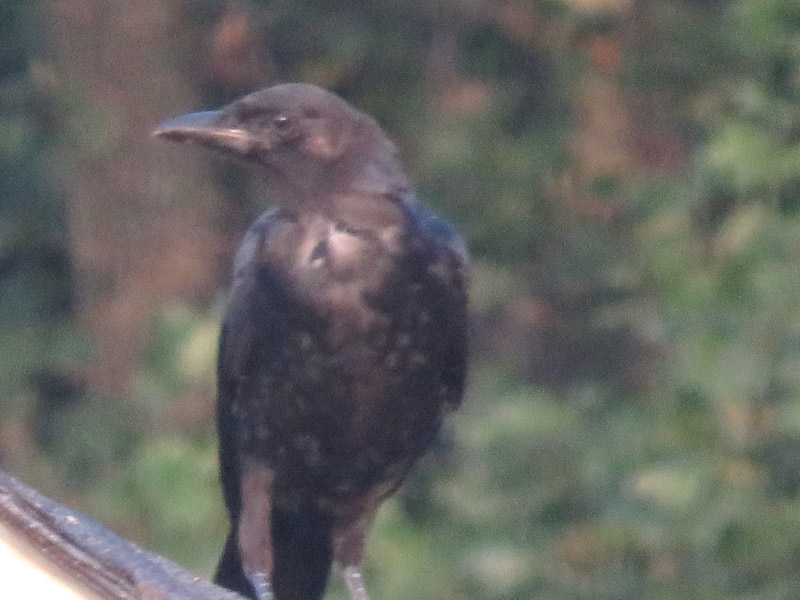
There was a molting American Crow on a neighbor’s roof.
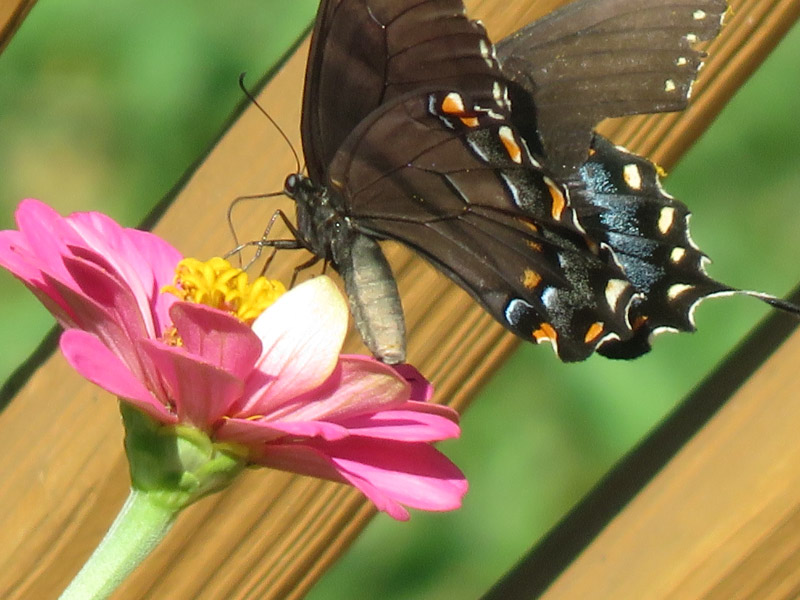
We had more butterflies around in August. The zinnias were visited by spicebush swallowtails and
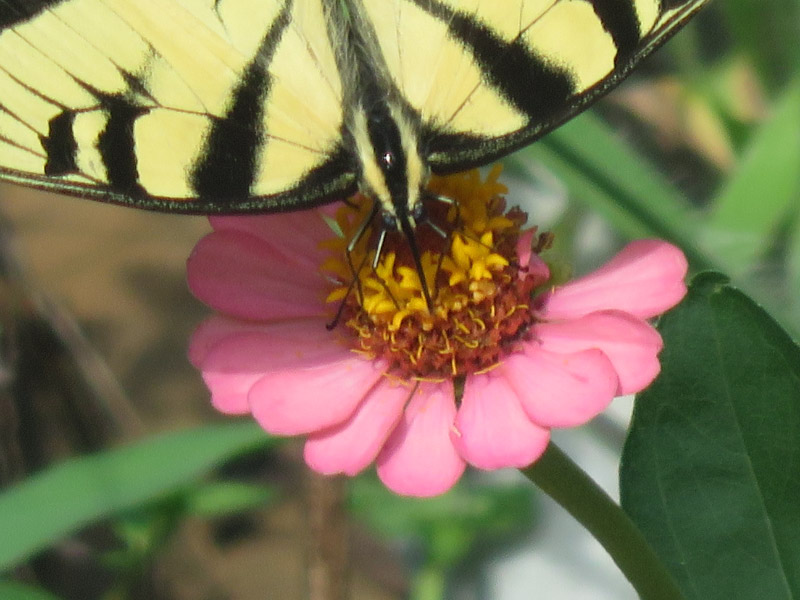
Tiger swallowtails.
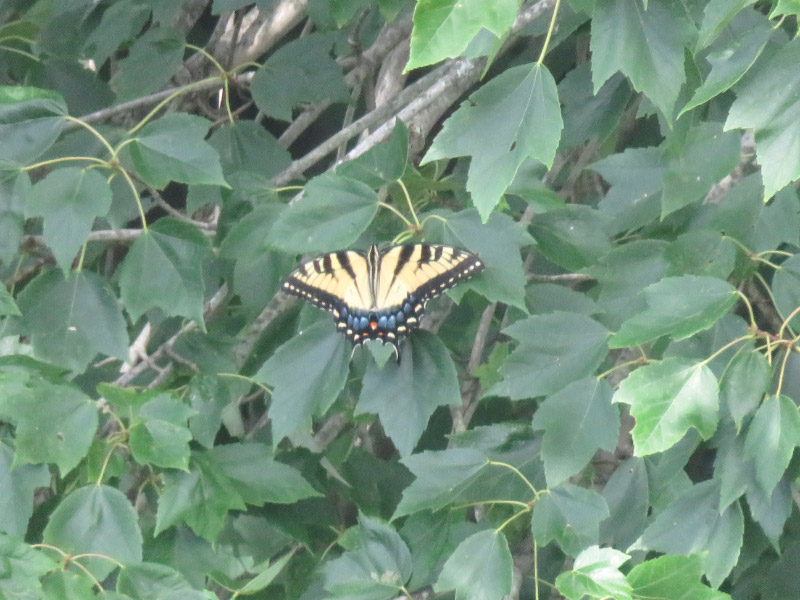
The tiger swallowtails are probably our most prolific large butterflies because we have so many large tulip poplar trees in the forest behind our house (tulip poplars are host plants for the tiger swallowtail caterpillars).
August was a good month for through a window photography!




